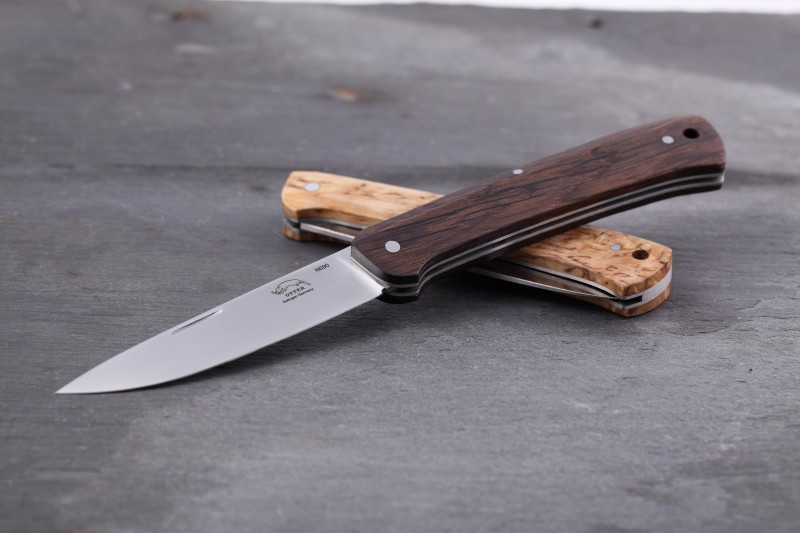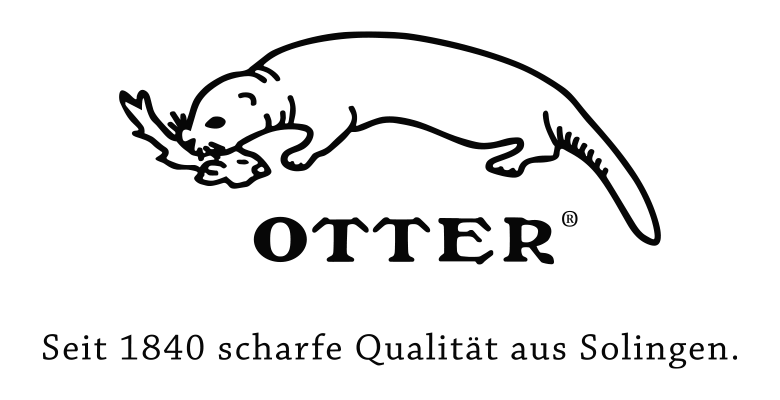
FINNING KNIFE
This article is a publication in our "Interesting facts" section, which we will gradually expand. We would like to bring you closer to the world "all about knives" with interesting information from a manufacturer's point of view. This also means that we sometimes write about topics that contain products that we do not offer ourselves.
Finn knife or Finn knife – the all-round knife of the Sami
From the Stone Age to the present day Finds from the Stone Age prove this: Early forms of the Finn knife were already in use in Scandinavia. This speaks in favour of its qualities! Even today, the Finn knife is particularly popular in Northern Europe and is widely used there as an all-purpose knife.
Finn knife – the Nordic all-purpose knife
The wooden handle is the "trademark" of a Finn knife. Connoisseurs know: When people talk about a "knife with a wooden handle", they usually mean a Finnish knife! This is because the Finnish term puukko originally meant exactly that: a knife with a wooden handle.
All-purpose knives with tradition and a past
Finnish knives are versatile all-purpose knives that are still indispensable in Northern Europe today, especially for hunting, fishing and various crafts. They are regarded as the classic knife of the Sami (indigenous people of the northern regions of Finland, Sweden, Norway and Russia) and are part of the traditional costume of the ethnic groups. In Finland, carrying a puukko has only been permitted during work since 1850. Knife fights, stabbings and numerous homicides committed with the puukko led to a tightening of the Weapons Act in the 1970s.
Finnish knife, Puukko or Mora?
The Finnish knife is called Puukko in Finland and Mora in Sweden. The Finnish term Puukko translates as "knife with a wooden handle", while the Swedish term Mora refers to the place of production. In Germany, the terms Finnish knives, Nordic knives, Finn knives, Lapland knives or Sami knives are also used.
